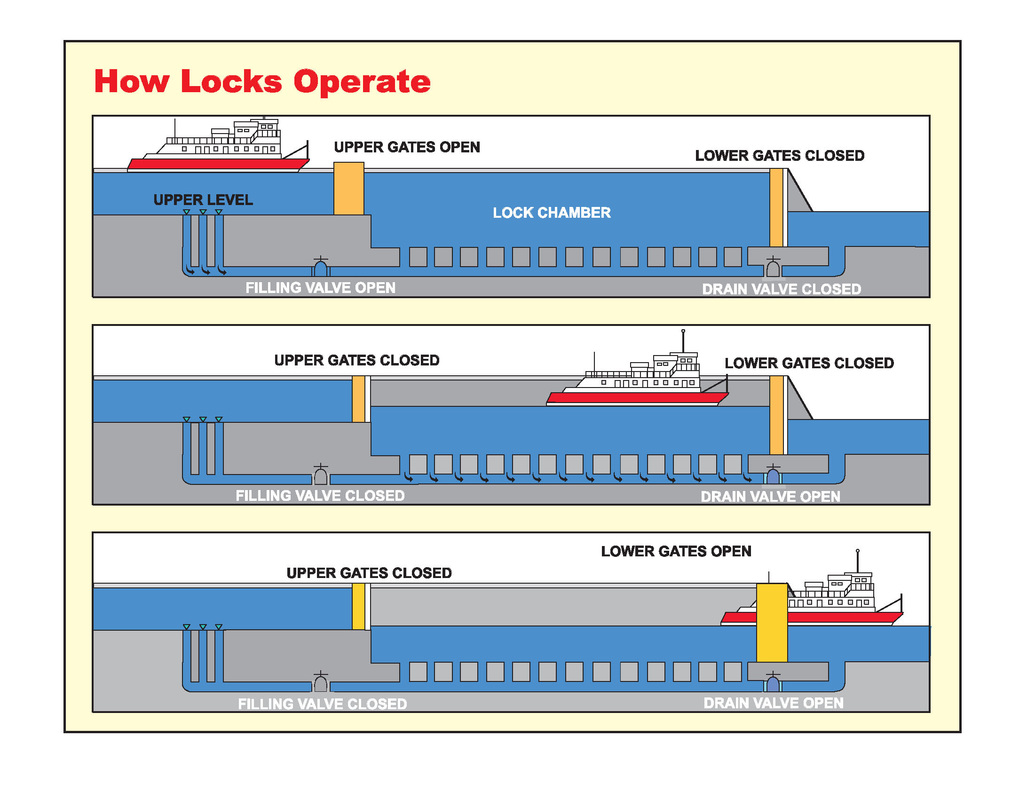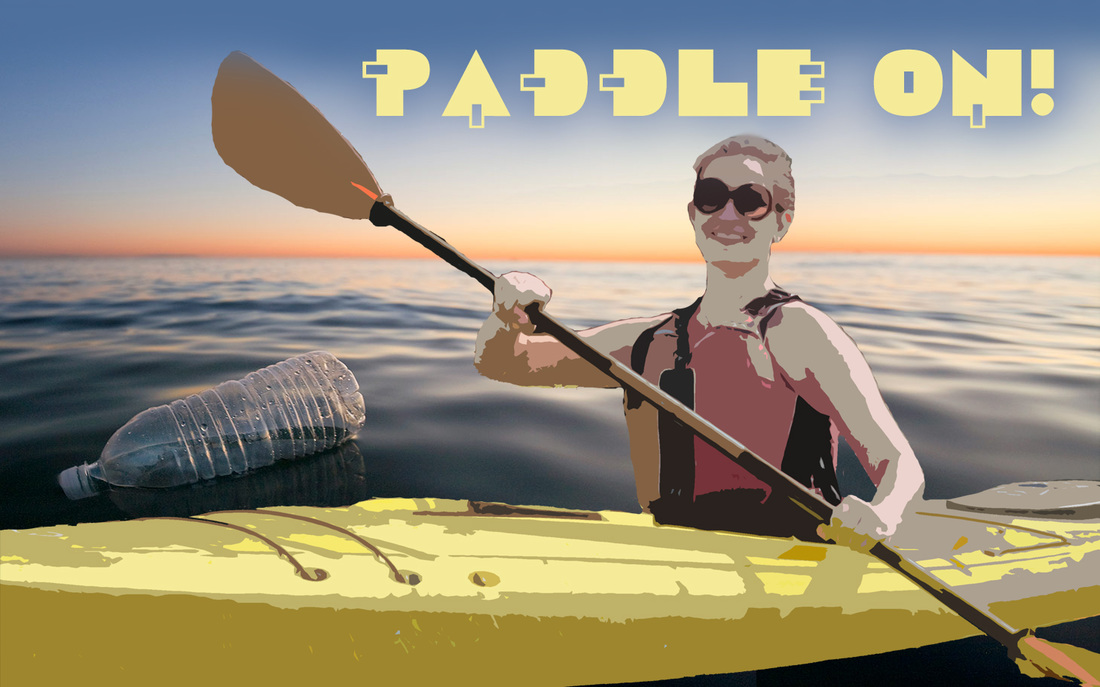In this video, you can see what the process is like, and meet Don, a lockmaster. He shares his perspective on plastics in the river.
|
The Mississippi River is basically broken into 3 sections: The Headwaters, The Upper Mississippi River, and the Lower Mississippi River. The Headwaters are wild and go from Lake Itasca to Minneapolis. There are a bunch of dams, but no locks, so all the dams in the Headwaters must be portaged. The Lower Mississippi River goes from Cairo, Illinois, where the Ohio River joins the Mississippi, to the Gulf of Mexico and has no locks or dams. The Upper Mississippi River goes from Minneapolis to Cairo, Illinois, and there are 28 dams, all with locks. The US Army Corps of Engineers keeps the river navigable to barge traffic from Minneapolis to the Gulf by dredging a 9 foot deep channel, and maintaining the locks and dams of the Upper river. The dams control water flow and levels of water in the pools between dams. Locks are compartments at the edge of the dams that allow boats and barges to pass through. You pull into the lock, a door closes behind you, the water adjusts to the level of the water on the other side of the lock (drops in my case), and off you go. In this video, you can see what the process is like, and meet Don, a lockmaster. He shares his perspective on plastics in the river.
1 Comment
Debra Claxton
4/26/2022 02:41:12 pm
My boss, Art Smith, is writing a book called Jazz and the Big Smoke Canoe. It is a history of his family's steamboat business, Streckfus Steamers, on the Mississippi. He has a section on the Mississippi's Locks and Dams. The diagrams you have are fantastic. We were wondering if Mr. Smith could use them in his book. We would, of course, attribute whatever we use to you. Thank you.
Reply
Leave a Reply. |
AuthorAlyssum Pohl is paddling the Mississippi River and documenting water quality and plastic waste along the way. Archives
October 2017
Categories
All
|




 RSS Feed
RSS Feed
